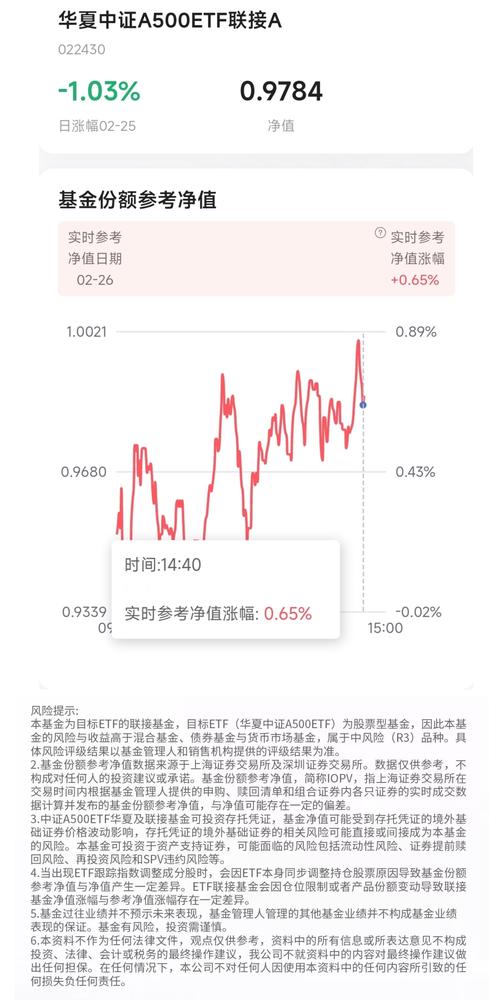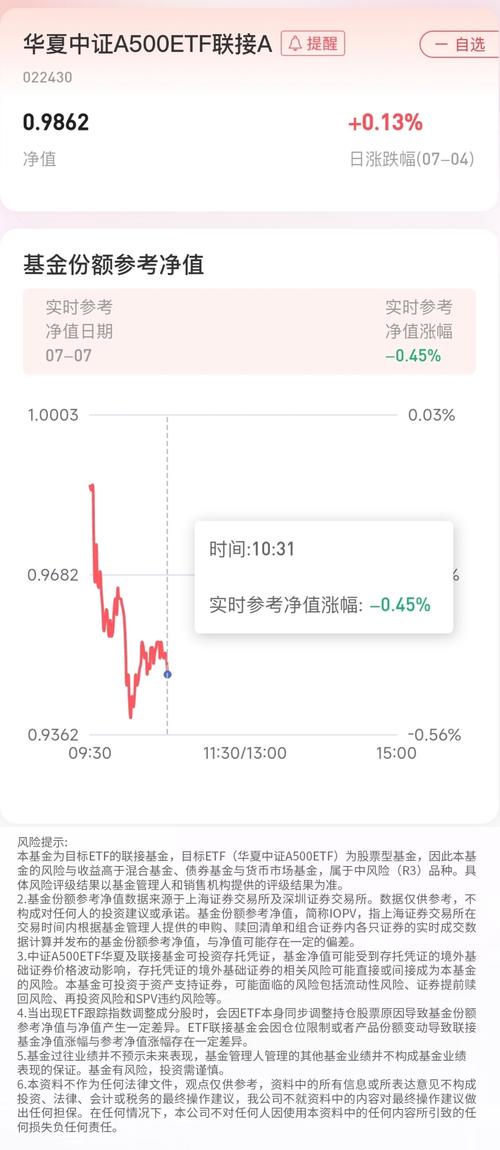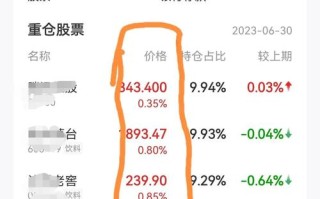广发大盘精选混合 (270001) 今日净值
根据截至 2025年5月24日 的最新数据,该基金的净值为:

(图片来源网络,侵删)
- 单位净值: 1.3450 元
- 累计净值: 3.2948 元
净值说明
-
单位净值 (NAV - Net Asset Value):
- 指的是每一份基金份额的价值,这是您在申购、赎回基金时,用于计算价格的基础。
- 计算公式: (基金总资产 - 基金总负债) / 基金总份额
-
累计净值:
- 指的是基金自成立以来的单位净值,再加上基金成立后历年的累计分红金额。
- 累计净值 = 单位净值 + 基金成立以来的每份累计分红。
- 累计净值更能反映基金的真实历史表现,因为它包含了分红再投资的收益。
如何自行查询最新净值?
由于基金净值在每个交易日(交易日通常为周一至周五,法定节假日除外)的 晚上8点后 才会更新,如果您想查询最新的实时净值,可以通过以下几种官方渠道:
-
广发基金官网/APP:
 (图片来源网络,侵删)
(图片来源网络,侵删)- 这是最权威、最直接的渠道。
- 官网: 访问广发基金官网,在首页的“基金搜索”框中输入基金代码
270001或基金名称即可查询。 - APP: 下载并登录“广发基金”手机APP,同样可以方便地查询。
-
第三方基金销售平台:
- 这些平台数据更新及时,功能丰富,非常适合普通投资者。
- 主流平台包括:
- 天天基金网
- 蚂蚁财富 (支付宝里的理财板块)
- 腾讯理财通 (微信里的理财通板块)
- 且慢、蛋卷基金 等
-
证券交易软件:
如果您通过证券公司账户购买,可以在您的交易软件(如同花顺、东方财富、券商自己的APP)的基金查询部分找到该基金。
重要提示
- 交易时间: 基金的净值是在 交易日 的收盘后计算并公布的,如果您在交易日下午3点前申购或赎回,会按当天的净值确认;如果在3点后,则按下一个交易日的净值确认。
- 过往业绩不预示未来表现: 基金净值的历史表现仅供参考,不代表未来的收益,投资有风险,入市需谨慎。
希望以上信息对您有帮助!

(图片来源网络,侵删)
标签: 广发大盘基金今日最新净值 广发大盘基金今天净值查询 广发大盘基金今日净值更新
版权声明:除非特别标注,否则均为本站原创文章,转载时请以链接形式注明文章出处。






